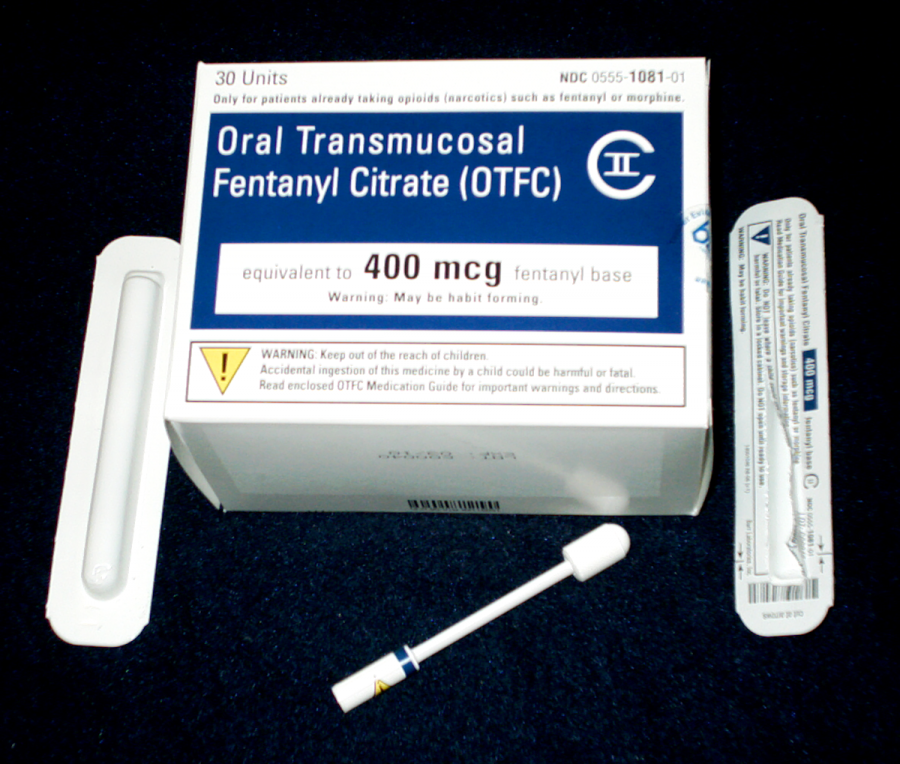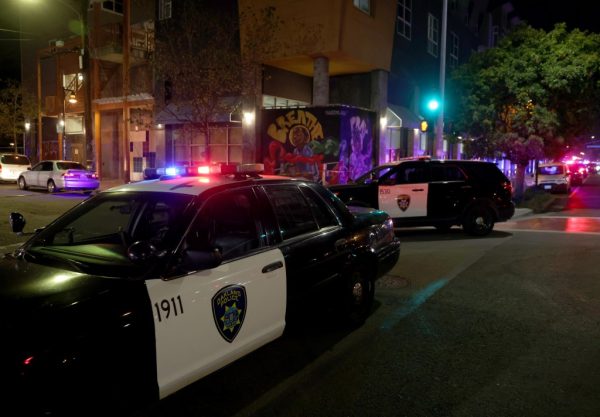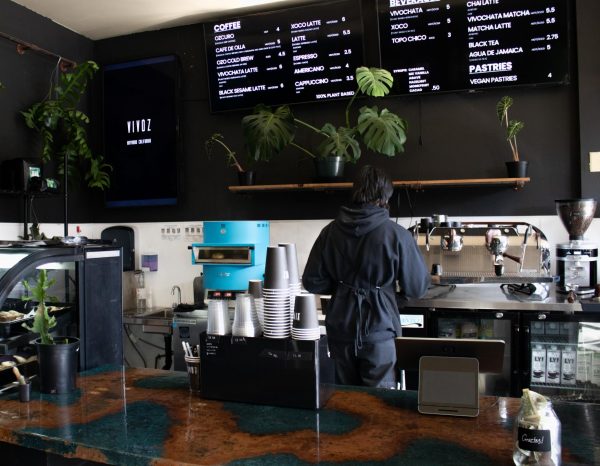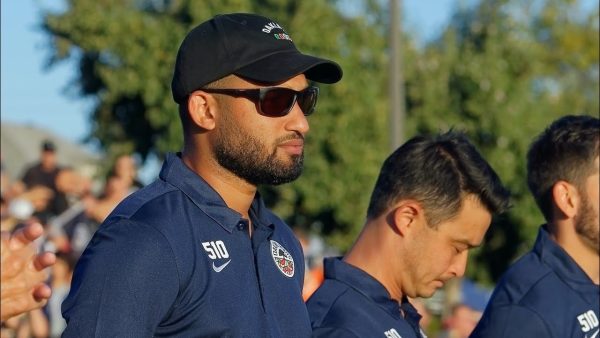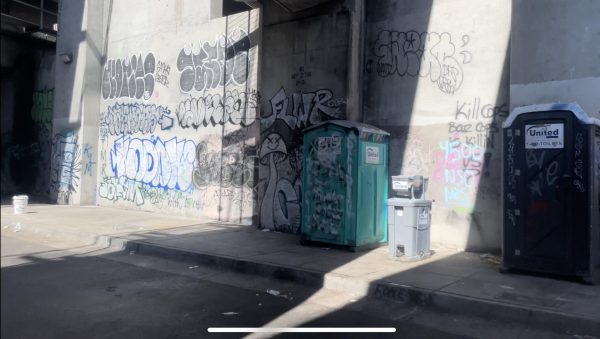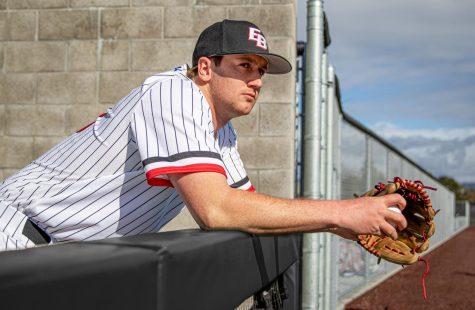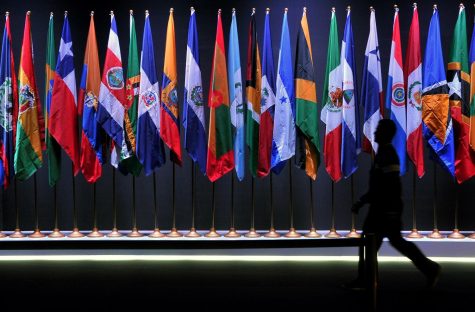Deadly drug Fentanyl reaches bay area
March 7, 2019
There has been an alarming increase in overdoses over the last few years from the highly potent synthetic opioid Fentanyl in the San Francisco Bay Area.
It has prompted local agencies to seek new ways to educate and assist addicts and recreational drug users about the potentially deadly effects of the drug.
California experienced 429 deaths related to Fentanyl in 2017, according to the Center for Disease Control.
“It’s a painkiller and an anesthesia in clinical environments in the form of a patch or liquid injection/nose spray,” says Kristen Marshall, manager of the DOPE Project, the program responsible for responding to fentanyl and overdoses in San Francisco. “The type of fentanyl being bought and sold in street markets and responsible for this new wave in overdoses and overdose deaths across the country in the past five or six years, referred to as ‘illicitly manufactured’ fentanyl officially, comes in a powdered form, and is deeply unregulated, unpredictable, and inconsistent.”
Fentanyl arrived in San Francisco in the summer of 2015 “in the form of counterfeit pills – pressed fake Xanax bars. This supply caused dozens of overdoses amongst people who use drugs and are experiencing homelessness in downtown San Francisco,” says Marshall.
The increase in Fentanyl supply is a result of it being inexpensive to produce, and it is easily mixed into illicit drugs such as cocaine and methamphetamine.
Often, low-level dealers are unaware that fentanyl has been mixed into their supply, so the consumers are also unaware of what they are actually ingesting.
One method being used to fight the surge in overdoses is the use of Fentanyl test strips, which can detect the presence or absence of fentanyl in drug supplies. Test strips are often supplied at places where people are going out to have a good time.
“We give them out more at shows”, says Alejandra Del Pinal, founder of West Oakland Punks With Lunch, a non-profit organization that distributes hot lunches and harm reduction supplies every week to those in the community who need it.
“There’s been Fentanyl in some non-opiate drugs that people are using, like cocaine, meth, molly sometimes. We try to, also, when we give out Fentanyl test strips to educate people on how to test their drugs without them, so they’re not so dependent on them,” says Del Pinal.
Another method to combat fentanyl-related deaths is the use of Naloxone, or Narcan, a rapid-acting opioid overdose reversal medication which can be administered either by injection or by nasal spray.
“In SF, more people are overdosing because of fentanyl, and fentanyl has become the opiate that causes the most overdose deaths here (used to be methadone), but the vast majority of those overdoses are reversed, most of the time by other people who use drugs,” says Kristen Marshall. ”They reversed over 1,200 overdoses in 2017 alone, while police only reversed 27 and paramedics/EMS reversed about 700,” she continues.
Fentanyl became the most commonly listed opioid in fatal overdoses in the year 2018, according to the CDC.




